How many rack toms would you like?
Diameter Rack Tom 1
Depth Rack Tom 1
Diameter Rack tom 2
Depth Rack tom 2
Diameter Rack tom 3
Depth Rack tom 3
Diameter Rack tom 4
Depth Rack tom 4
Diameter Rack tom 5
Depth Rack tom 5
Outer Veneer / Finish
Here is where you select from our ever growing list of stunning finishes from stain translucent, sparkles, solids and more.
At Liberty drums, we pretty much make ANY veneer type & combination. The skie’s the limit so check out our comprehensive selection of outer veneers and finishes available.
Don’t see what you want? contact us and we will get it done!

Birch
Change
0
150
imfalse
Choose Outer Veneer
-

Birch
-
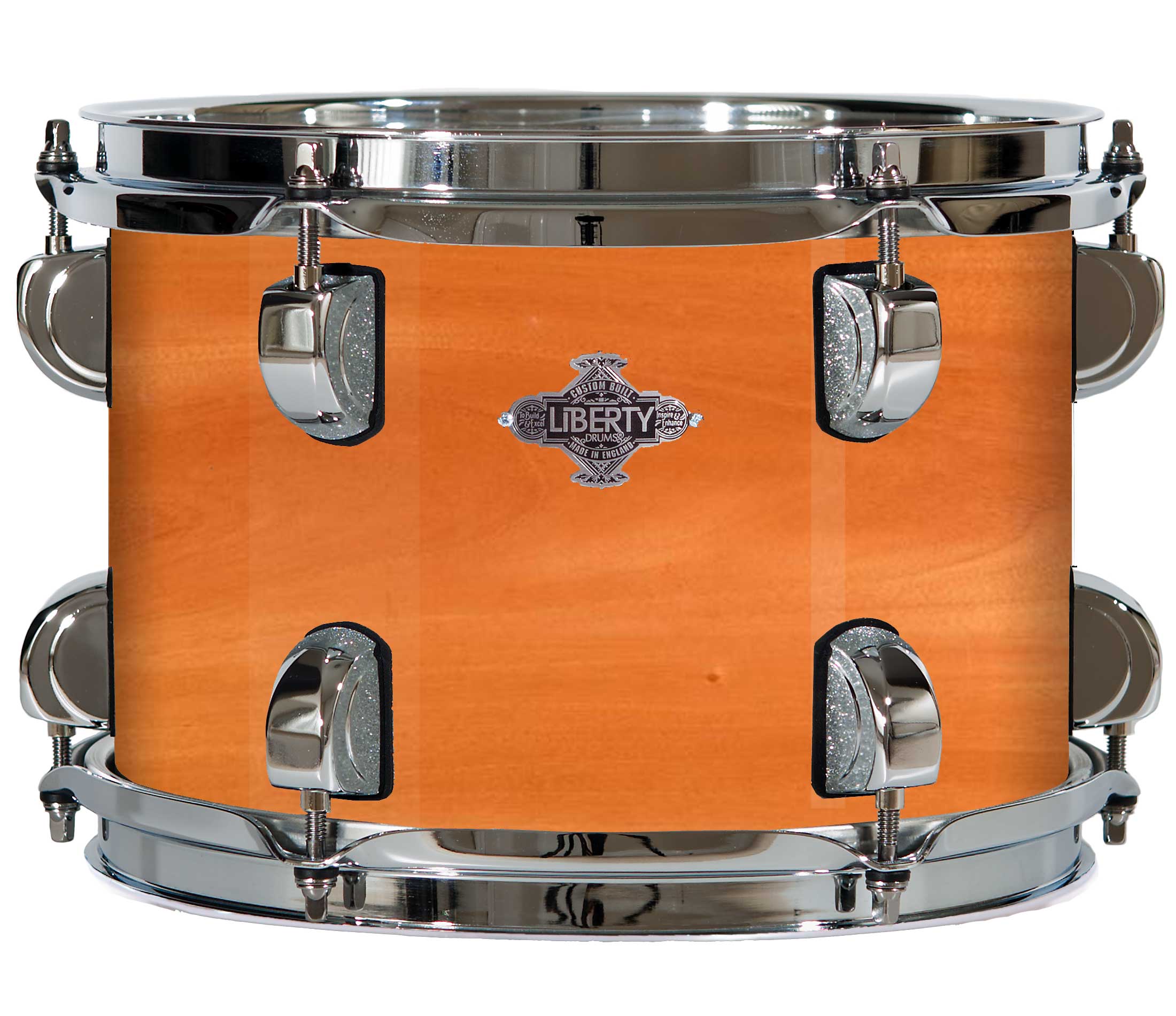
Mahogany
-

Bubinga
-
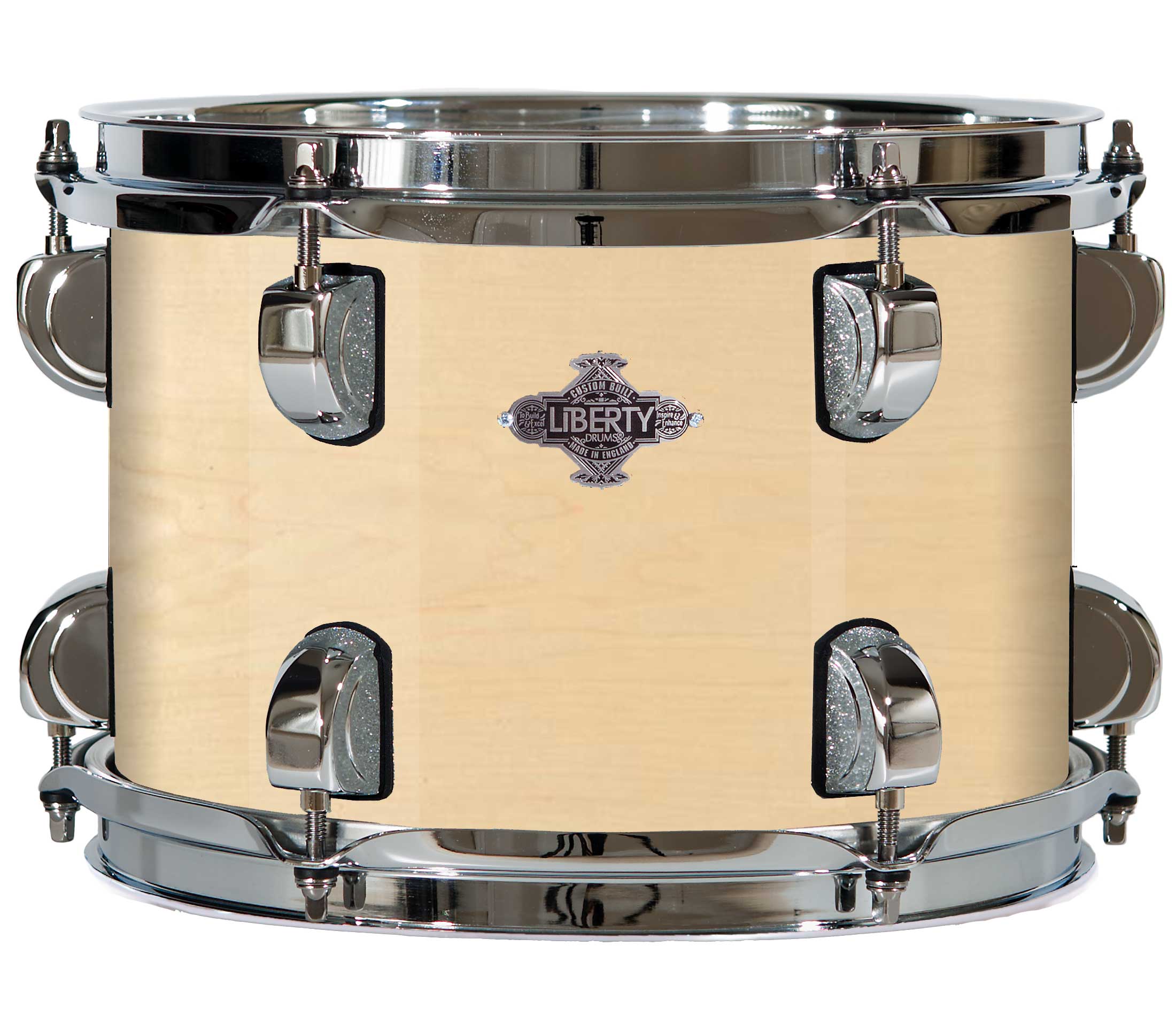
Maple
-
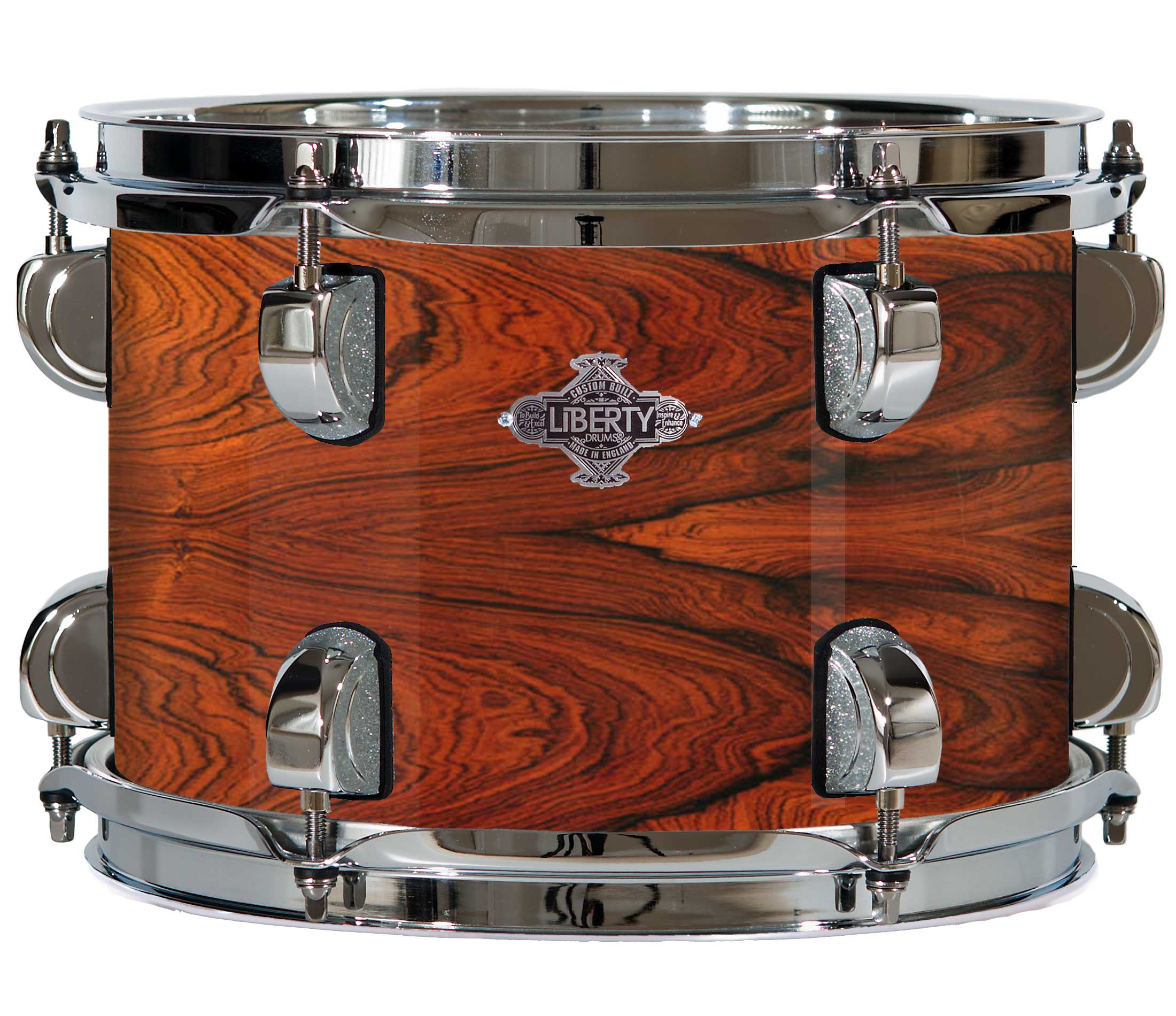
Rosewood
-

Zebrano
-

Real Olivewood
-
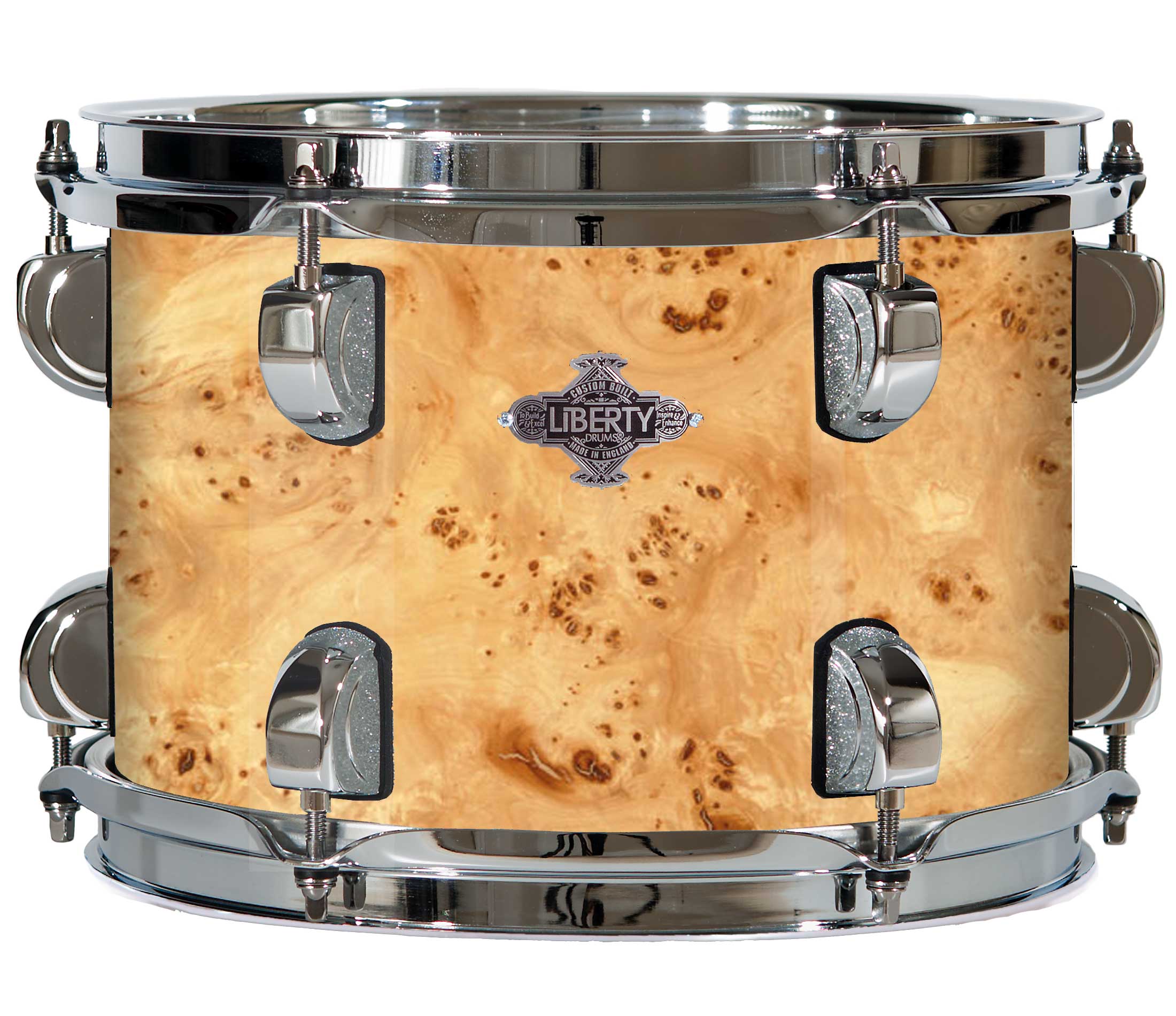
Poplar Burr Cluster
-

American Black Walnut
-

Elm Burr
-

Elm cluster
-

Ebony, white
-

Beech
-

Ash, white
-

Quartered makore
-

Olive ash burr
-

Macassar Ebony - Classic Stripe
-

Kingwood (violette)
-
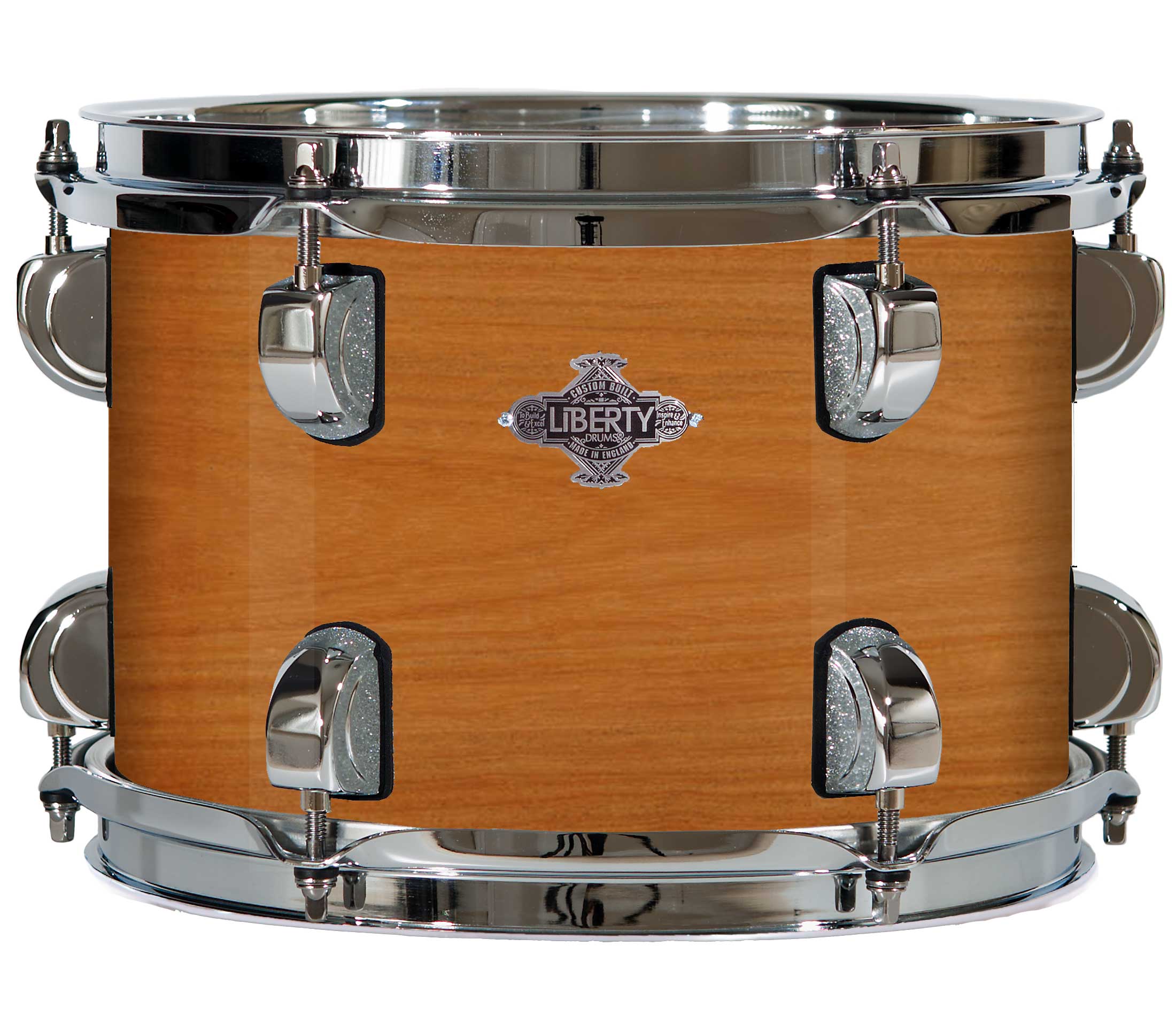
Khaya
-

Cherry
-

Jarrah
-

Imbuia burr
-

Fumed larch
-
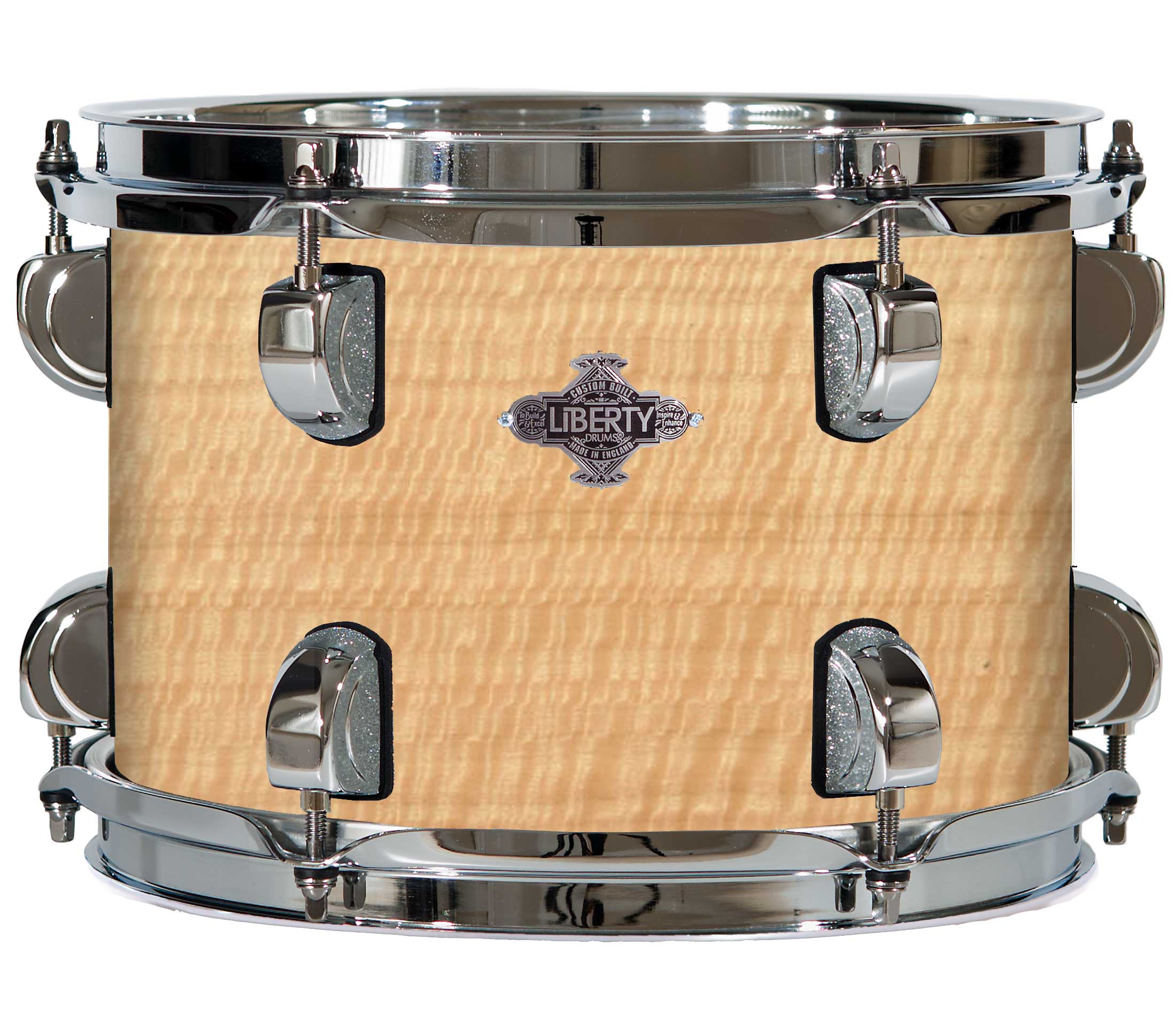
Figured eucalyptus
-
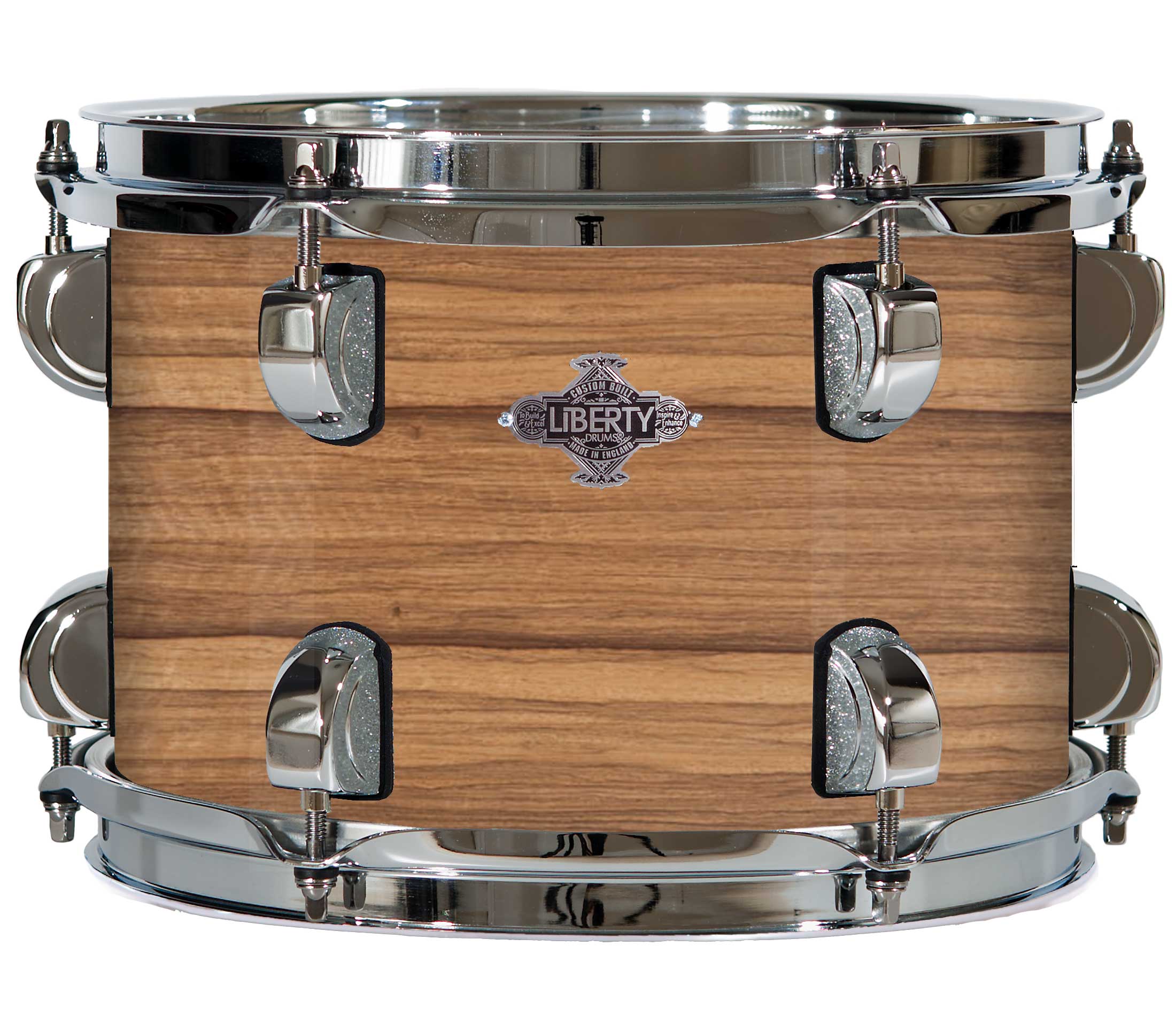
Figured black limba
-

European elm
-

Elm cluster
-

Cocobolo
-
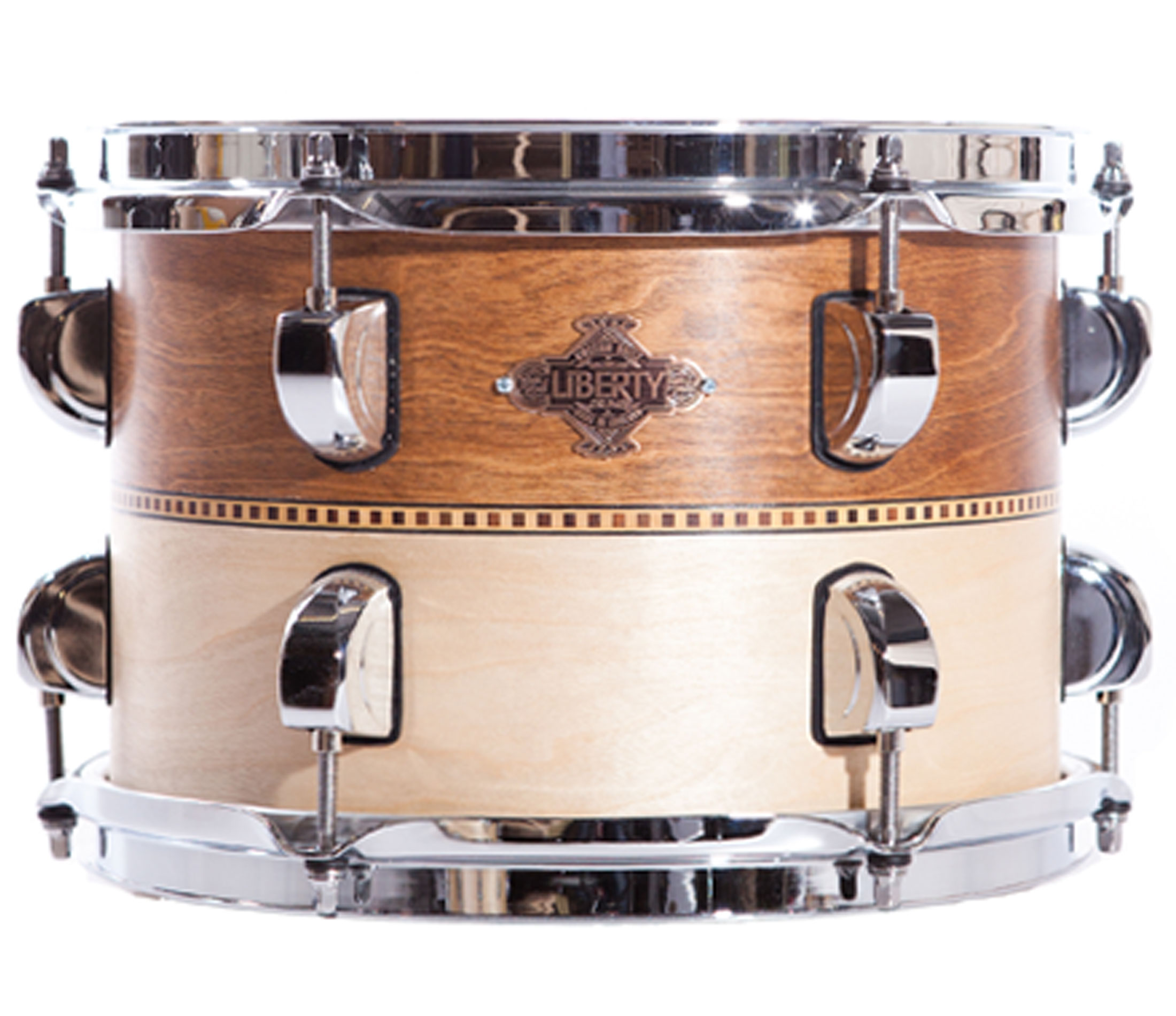
2tone natural & whisky with box inlay
-
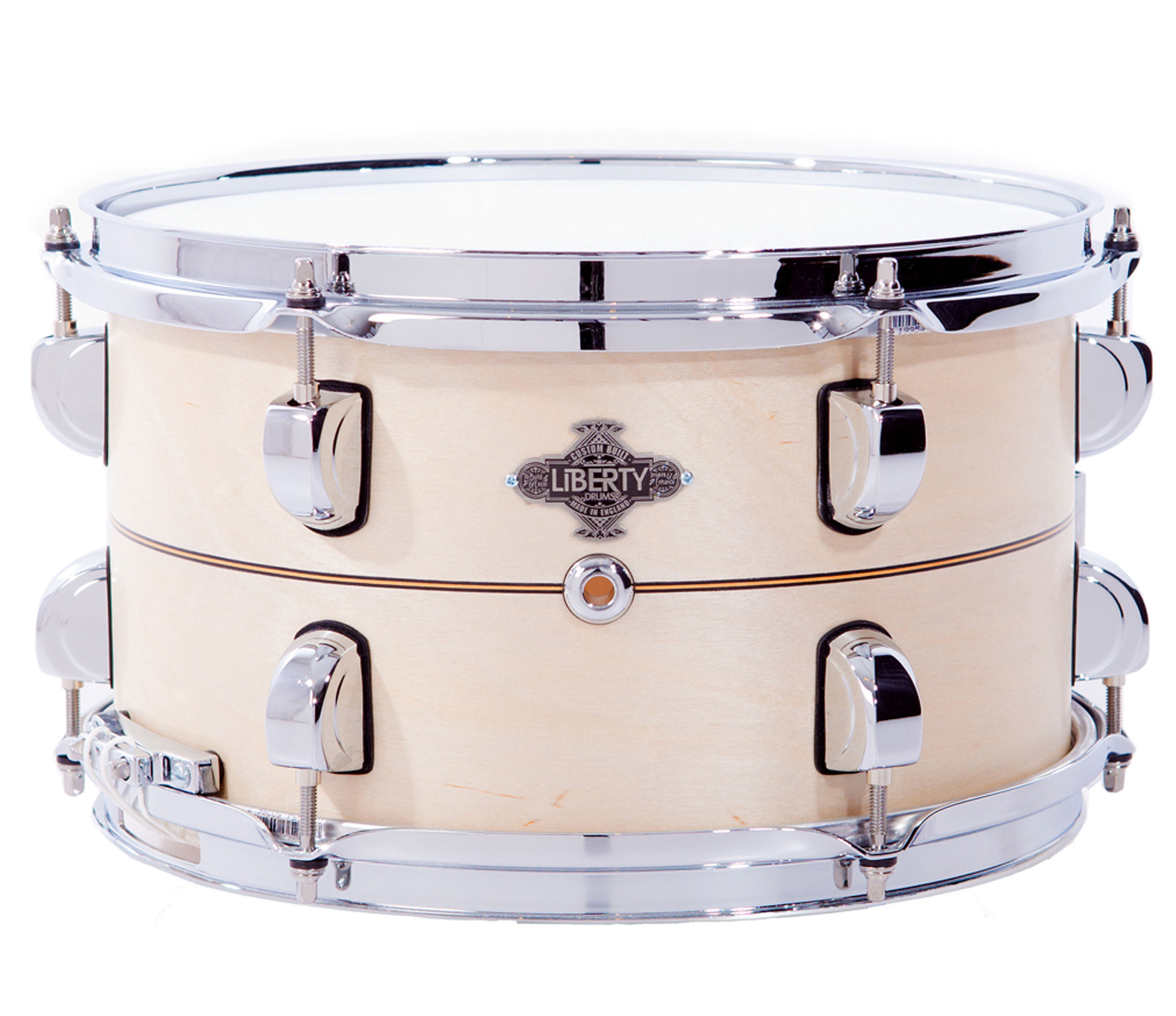
Birch with thin line inlay
-

Blue sparkle lacquer
-

Cherry red fade
-

Blue earth fade
-
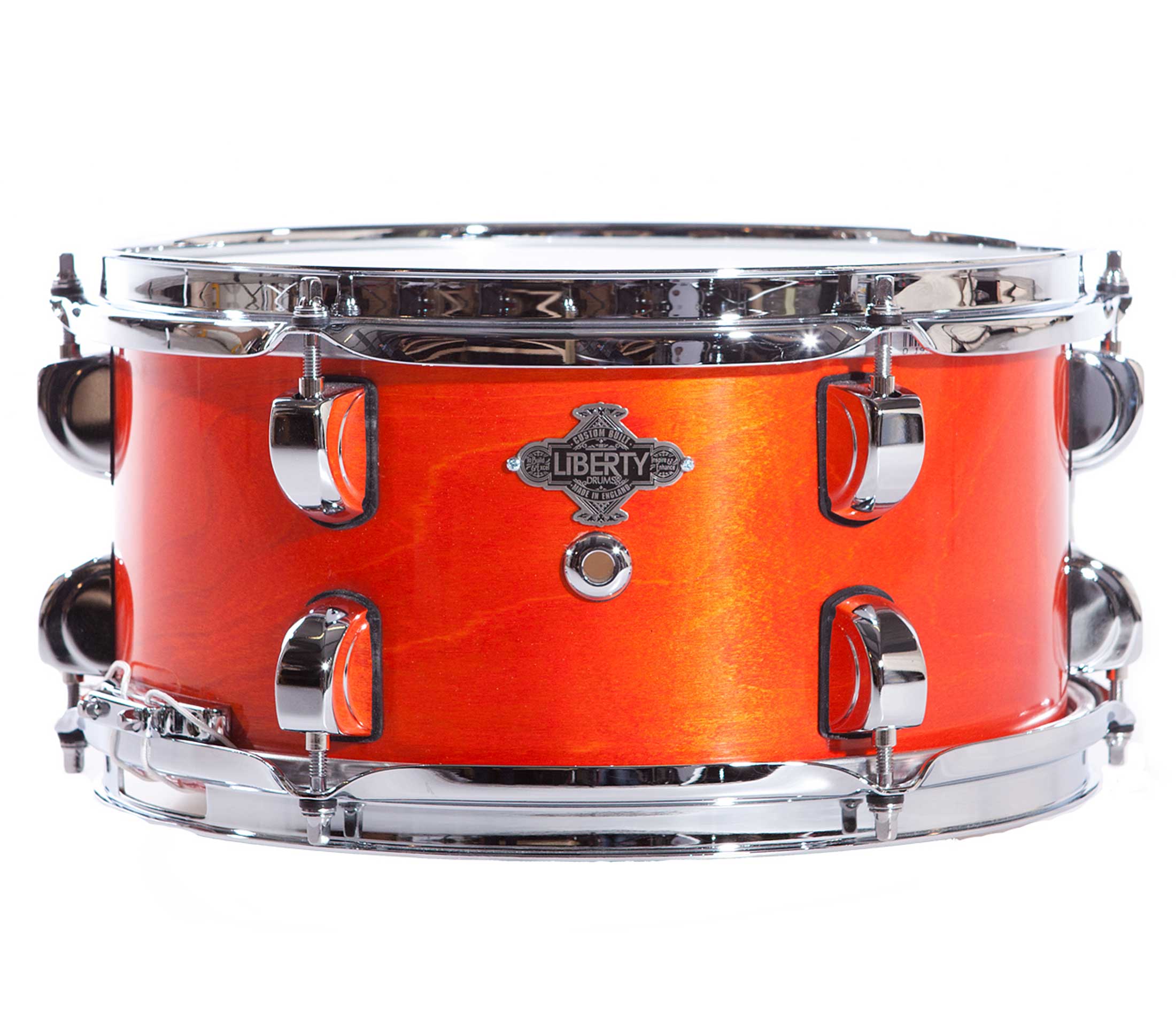
Fiery amber translucent
-

Army matt green
-

Seafoam green
-

Gold sparkle lacquer
-

Silver sparkle lacquer
-

Black sparkle lacquer
-
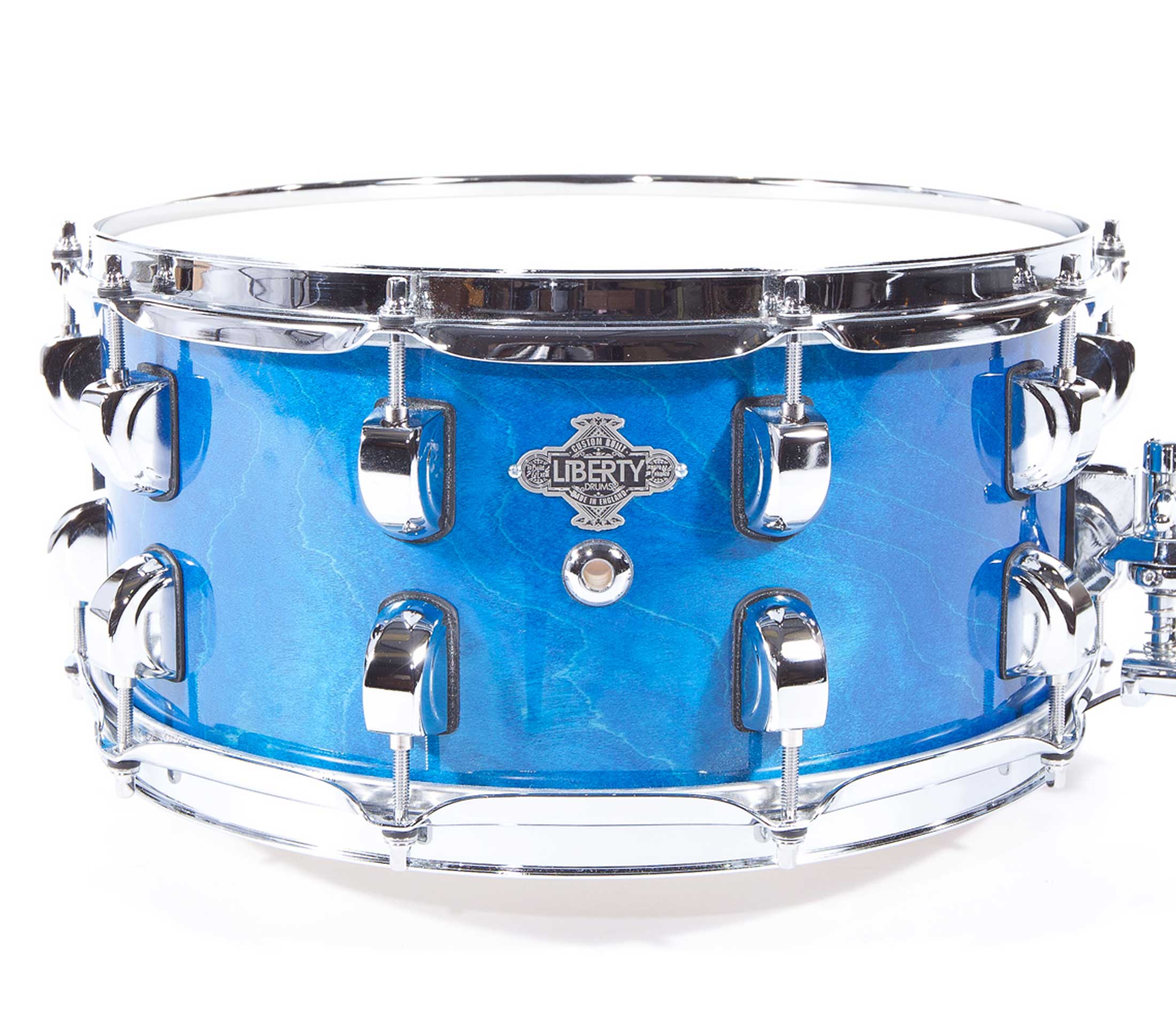
Aqua blue translucent
-
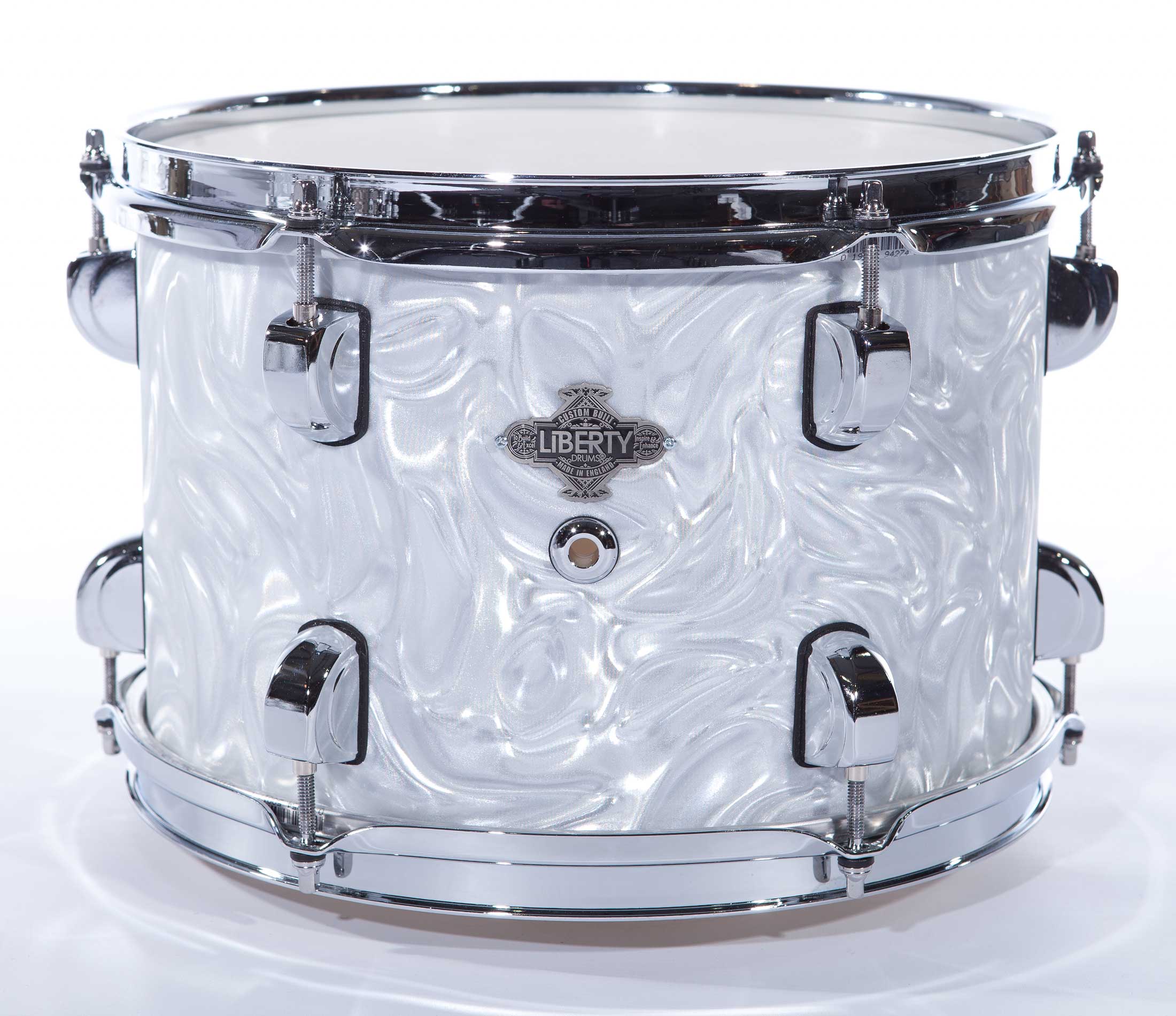
Liquid pearl
-

Walnut over birch
-
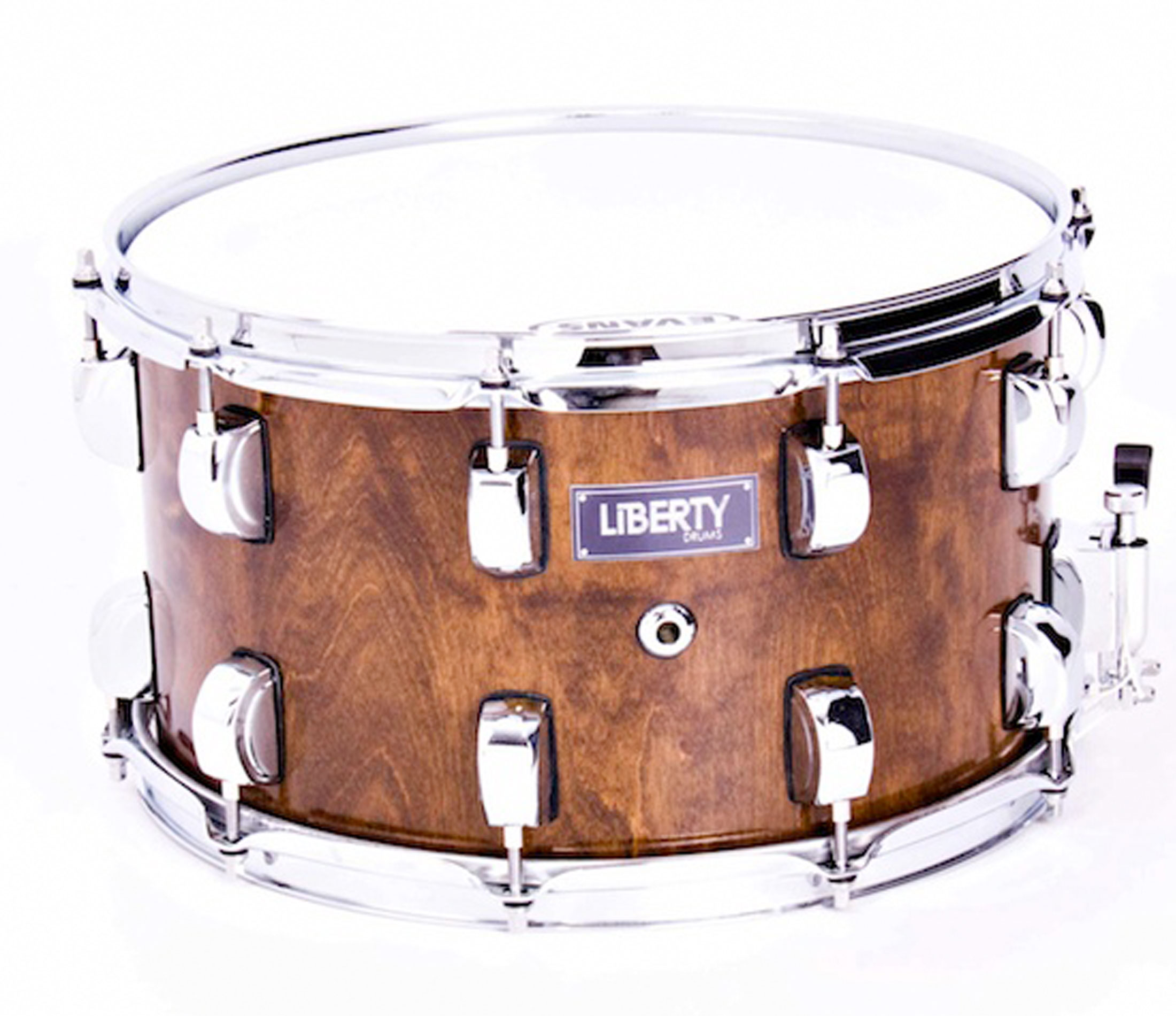
Wenger over birch
-
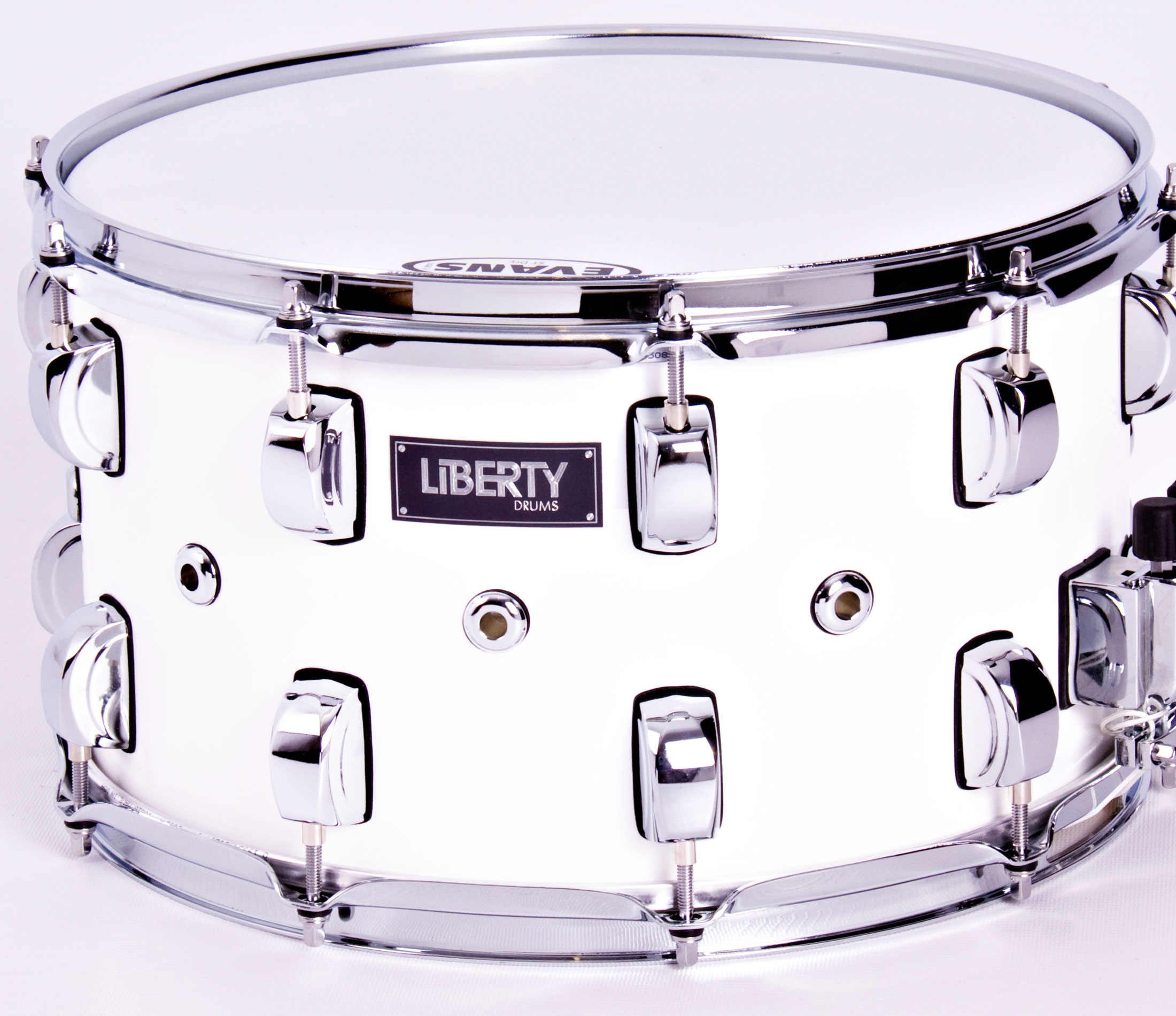
White gloss
Core Shell
Core shell wood type
Core shell selection is the main wood type in the build of your drum which provides the tonal foundation of your drum. Typical wood types are Birch, Maple, Mahogany in which all have their tonal qualities to consider.
BIRCH
Boosted high frequencies, yet warm with good low end punch & attack. Great for both live & recording applications. (Most common & popular choice in UK & Europe)
MAPLE
Slightly boosted lows with smooth mid and high frequencies for all around applications.
MAHOGANY
Extremely rich low end frequencies, with beautifully smooth mids and a slight roll-off in the higher frequencies for applications requiring ultimate “bottom” and punch.
BUBINGA
Even amount of highs and mids, rich low end. Sensitive and punchy
CHERRY
Boosted highs, punchy midrange, average low end. Bright and sensitive
ASH
Pronounced, warm highs and mids, average low end. Throaty and warm
OAK
Soft highs, good amount of midrange, slightly warm lows. All-purpose with fairly quick decay.
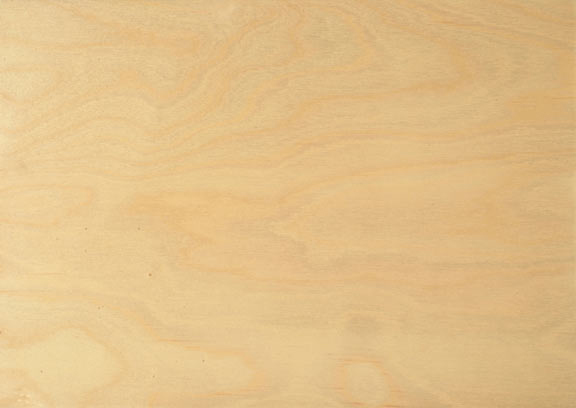
Birch
Change
0
150
Choose Core Shell
-

Birch
-

Mahogany
-
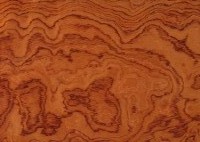
Bubinga
-
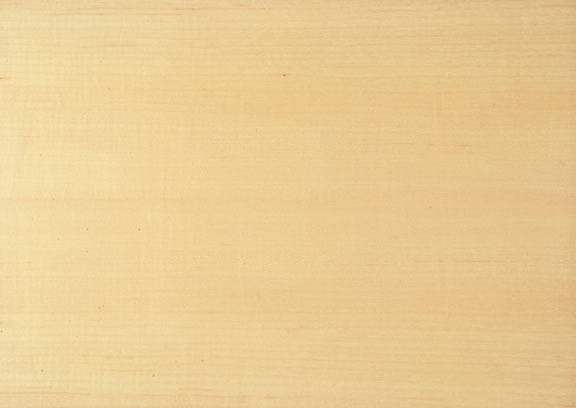
Maple
-

Cherry - Crown cut
-

Ash - white ash
-
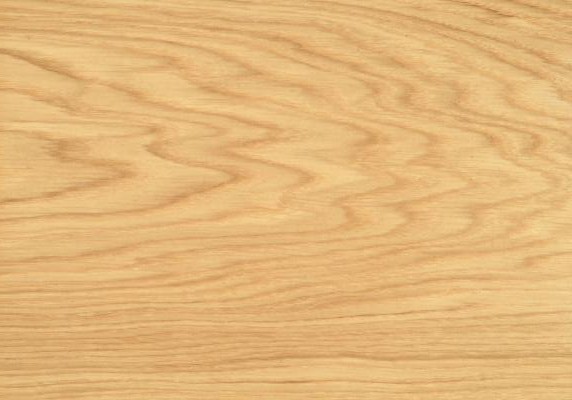
Oak
-

Beech
Inner Veneer
Internal wood type
Used if you require a more specific blend of wood type. This is the most inner ply you see when you look inside the drum. Often the wood type used here can greatly influence the sound characteristics of the drum. A standard build will use same wood type or veneer as both core and Inner

Birch
Change
0
150
Choose Inner Veneer
-

Birch
-

Mahogany
-

Bubinga
-

Maple
-

Cherry - Crown cut
-

Beech
Finish
This option is not required if you have chosen solid block lacquer colours on the previous step.
If you have chosen a natural/exotic wood type or inlay design then you can choose between clear satin hard wax (default) clear gloss lacquer or a clear satin lacquer finish.
Ply
Ply 1.
STANDARD
The Liberty Drums standard shell build is 10 ply (5.5mm), has good shell resonance & great projection. Ideal for general-purpose applications & live environments that require more output. Typically found in the Liberty Drums range of kits such as Fusion, Rock, Avant series of drums.
Toms – 10 ply, 5.5mm (Outer horizontal grain or 9 ply, 5mm vertical grain outer)
Kick – 13 ply, 7mm (Outer horizontal grain or 12 ply, 6.5mm vertical grain outer)
Snare – 16 ply, 8.5mm (Outer horizontal grain or 15 ply, 8mm vertical grain outer)
Ply 2.
RICHMOND – Full contact bearing edge from outer to inner wall
Our
The Richmond Series drums are designed around vintage construction using full contact bearing edges to maximise head to shell contact. The tonality of these drums are warm and focused with a boosted low-end.
The vintage construction of this kit includes full contact bearing edges with internally chamfered re-rings.
Full contact on both batter & reso (toms & kick), full contact batter and sharp snare side bearing edge.
Richmond shells create a more focused warm sound with reduced overtones typical with vintage or jazz. Ideal in near field applications such as recording.
Typical shell construction: 11ply (5.7mm) with 9ply re rings (4.5mm)
Grain Orientation
HORIZONTAL – default
VERTICAL – typically birch
Selecting vertical means the outer and inner ply grains will be aesthetically vertical, but have benefits. Our birch drum shells that are constructed with a vertical grain mean that the sound is purer and faster.
Reason:
Sound travels about 4 times faster down grain than across it, and also that it maintains the integrity of the wave formation. Hence a big sound from the toms and a very responsive snare.
All Liberty shells are made with cross laminated veneers made in our own veneer press. This enables us to construct any ply formation possible t maximise the drum requirements.
Lugs
Hoops
Available options:
2.3mm triple flange hoops on chrome or black nickel
Die cast hoops in chrome or black nickel
Claw style wood hoops
Inlay bass hoops are available on request
Bearing Edges
The shape of the edge plays an important factor which affects the drum sound. The transfer point of the drum head vibration to the drum shell is where the overall sound is determined. To get fully geeky on this theory please contact us direct to discuss in more detail but please find here a summary of standard combinations of bearing edges used.
A sharp bearing edge contact point transfers energy to the outer edge of the shell.
On a rounded bearing edge, the contact point – where the head meets the bearing edge – sends the vibration generated by the head down through the center core of the shell. This causes the shell to vibrate from its center.
A rounded edge focuses more on sustain and less on attack because the radius of the head follows the shape of the edge and has a lot of surface area contacting the shell. It’s a simple formula – the more surface area of the head contacting the shell, the greater the energy that is transferred to the shell. The combination of head and shell vibration yields good sustain. On the other hand, a sharper edge provides just the opposite sound – attack with shorter sustain. Keep in mind that the type of head you use will also play a role in the sustain/attack relationship.

Standard 45 Degree. Produces more attack & sustain (Lively modern sound)
Change
0
0
Choose Bearing Edge
-

Standard 45 Degree. Produces more attack & sustain (Lively modern sound)
-

Double 45 Degree. Longer sustain & wider tuning range.
-

45 Degree with Roundover. Increased head to shell contact creating a more mellower warmer sound with less sustain than that of a sharp 45-degree.
-

Full Roundover. Ideal for mid to low tuning ranges typical to the sounds of the 60s
-

Hybrid. Typical on snare drum scenario - Roundover batter - 45-degree resonant side
-

Vintage with 45 degree outer. Good attack with a more focused tone.
-

Full Contact. Maximises sustain and reduces attack with warm & round tones.
-

Vintage with full contact outer edge. Max sustain, warm & rounder tones
How many floor toms would you like?
Diameter Floor Tom 1
Depth Floor Tom 1
Diameter Floor Tom 2
Depth Floor Tom 2
Diameter Floor Tom 3
Depth Floor Tom 3
Diameter Floor Tom 4
Depth Floor Tom 4
Diameter Floor Tom 5
Depth Floor Tom 5
Outer Veneer / Finish
Here is where you select from our ever growing list of stunning finishes from stain translucent, sparkles, solids and more.
At Liberty drums, we pretty much make ANY veneer type & combination. The skie’s the limit so check out our comprehensive selection of outer veneers and finishes available.
Don’t see what you want? contact us and we will get it done!

Birch
Change
0
150
imfalse
Choose Outer Veneer
-

Birch
-

Mahogany
-

Bubinga
-

Maple
-

Rosewood
-

Zebrano
-

Real Olivewood
-

Poplar Burr Cluster
-

American Black Walnut
-

Elm Burr
-

Elm cluster
-

Ebony, white
-

Beech
-

Ash, white
-

Quartered makore
-

Olive ash burr
-

Macassar Ebony - Classic Stripe
-

Kingwood (violette)
-

Khaya
-

Cherry
-

Jarrah
-

Imbuia burr
-

Fumed larch
-

Figured eucalyptus
-

Figured black limba
-

European elm
-

Elm cluster
-

Cocobolo
-

2tone natural & whisky with box inlay
-

Birch with thin line inlay
-

Blue sparkle lacquer
-

Cherry red fade
-

Blue earth fade
-

Fiery amber translucent
-

Army matt green
-

Seafoam green
-

Gold sparkle lacquer
-

Silver sparkle lacquer
-

Black sparkle lacquer
-

Aqua blue translucent
-

Liquid pearl
-

Walnut over birch
-

Wenger over birch
-

White gloss
Core Shell
Core shell wood type
Core shell selection is the main wood type in the build of your drum which provides the tonal foundation of your drum. Typical wood types are Birch, Maple, Mahogany in which all have their tonal qualities to consider.
BIRCH
Boosted high frequencies, yet warm with good low end punch & attack. Great for both live & recording applications. (Most common & popular choice in UK & Europe)
MAPLE
Slightly boosted lows with smooth mid and high frequencies for all around applications.
MAHOGANY
Extremely rich low end frequencies, with beautifully smooth mids and a slight roll-off in the higher frequencies for applications requiring ultimate “bottom” and punch.
BUBINGA
Even amount of highs and mids, rich low end. Sensitive and punchy
CHERRY
Boosted highs, punchy midrange, average low end. Bright and sensitive
ASH
Pronounced, warm highs and mids, average low end. Throaty and warm
OAK
Soft highs, good amount of midrange, slightly warm lows. All-purpose with fairly quick decay.

Birch
Change
0
150
Choose Core Shell
-

Birch
-

Mahogany
-

Bubinga
-

Maple
-

Cherry - Crown cut
-

Ash - white ash
-

Oak
-

Beech
Inner Veneer
Internal wood type
Used if you require a more specific blend of wood type. This is the most inner ply you see when you look inside the drum. Often the wood type used here can greatly influence the sound characteristics of the drum. A standard build will use same wood type or veneer as both core and Inner

Birch
Change
0
150
Choose Inner Veneer
-

Birch
-

Mahogany
-

Bubinga
-

Maple
-

Cherry - Crown cut
-

Beech
Finish
This option is not required if you have chosen solid block lacquer colours on the previous step.
If you have chosen a natural/exotic wood type or inlay design then you can choose between clear satin hard wax (default) clear gloss lacquer or a clear satin lacquer finish.
Ply
Ply 1.
STANDARD
The Liberty Drums standard shell build is 10 ply (5.5mm), has good shell resonance & great projection. Ideal for general-purpose applications & live environments that require more output. Typically found in the Liberty Drums range of kits such as Fusion, Rock, Avant series of drums.
Toms – 10 ply, 5.5mm (Outer horizontal grain or 9 ply, 5mm vertical grain outer)
Kick – 13 ply, 7mm (Outer horizontal grain or 12 ply, 6.5mm vertical grain outer)
Snare – 16 ply, 8.5mm (Outer horizontal grain or 15 ply, 8mm vertical grain outer)
Ply 2.
RICHMOND – Full contact bearing edge from outer to inner wall
Our
The Richmond Series drums are designed around vintage construction using full contact bearing edges to maximise head to shell contact. The tonality of these drums are warm and focused with a boosted low-end.
The vintage construction of this kit includes full contact bearing edges with internally chamfered re-rings.
Full contact on both batter & reso (toms & kick), full contact batter and sharp snare side bearing edge.
Richmond shells create a more focused warm sound with reduced overtones typical with vintage or jazz. Ideal in near field applications such as recording.
Typical shell construction: 11ply (5.7mm) with 9ply re rings (4.5mm)
Grain Orientation
HORIZONTAL – default
VERTICAL – typically birch
Selecting vertical means the outer and inner ply grains will be aesthetically vertical, but have benefits. Our birch drum shells that are constructed with a vertical grain mean that the sound is purer and faster.
Reason:
Sound travels about 4 times faster down grain than across it, and also that it maintains the integrity of the wave formation. Hence a big sound from the toms and a very responsive snare.
All Liberty shells are made with cross laminated veneers made in our own veneer press. This enables us to construct any ply formation possible t maximise the drum requirements.
Lugs
Hoops
Available options:
2.3mm triple flange hoops on chrome or black nickel
Die cast hoops in chrome or black nickel
Claw style wood hoops
Inlay bass hoops are available on request
Bearing Edges
The shape of the edge plays an important factor which affects the drum sound. The transfer point of the drum head vibration to the drum shell is where the overall sound is determined. To get fully geeky on this theory please contact us direct to discuss in more detail but please find here a summary of standard combinations of bearing edges used.
A sharp bearing edge contact point transfers energy to the outer edge of the shell.
On a rounded bearing edge, the contact point – where the head meets the bearing edge – sends the vibration generated by the head down through the center core of the shell. This causes the shell to vibrate from its center.
A rounded edge focuses more on sustain and less on attack because the radius of the head follows the shape of the edge and has a lot of surface area contacting the shell. It’s a simple formula – the more surface area of the head contacting the shell, the greater the energy that is transferred to the shell. The combination of head and shell vibration yields good sustain. On the other hand, a sharper edge provides just the opposite sound – attack with shorter sustain. Keep in mind that the type of head you use will also play a role in the sustain/attack relationship.

Standard 45 Degree. Produces more attack & sustain (Lively modern sound)
Change
0
0
Choose Bearing Edge
-

Standard 45 Degree. Produces more attack & sustain (Lively modern sound)
-

Double 45 Degree. Longer sustain & wider tuning range.
-

45 Degree with Roundover. Increased head to shell contact creating a more mellower warmer sound with less sustain than that of a sharp 45-degree.
-

Full Roundover. Ideal for mid to low tuning ranges typical to the sounds of the 60s
-

Hybrid. Typical on snare drum scenario - Roundover batter - 45-degree resonant side
-

Vintage with 45 degree outer. Good attack with a more focused tone.
-

Full Contact. Maximises sustain and reduces attack with warm & round tones.
-

Vintage with full contact outer edge. Max sustain, warm & rounder tones
How many kick drums would you like?
Diameter Kick Drum 1
Depth Kick Drum 1
Diameter Kick Drum 2
Depth Kick Drum 2
Diameter Kick Drum 3
Depth Kick Drum 3
Diameter Kick Drum 4
Depth Kick Drum 4
Diameter Kick Drum 5
Depth Kick Drum 5
Outer Veneer / Finish
Here is where you select from our ever growing list of stunning finishes from stain translucent, sparkles, solids and more.
At Liberty drums, we pretty much make ANY veneer type & combination. The skie’s the limit so check out our comprehensive selection of outer veneers and finishes available.
Don’t see what you want? contact us and we will get it done!

Birch
Change
0
150
imfalse
Choose Outer Veneer
-

Birch
-

Mahogany
-

Bubinga
-

Maple
-

Rosewood
-

Zebrano
-

Real Olivewood
-

Poplar Burr Cluster
-

American Black Walnut
-

Elm Burr
-

Elm cluster
-

Ebony, white
-

Beech
-

Ash, white
-

Quartered makore
-

Olive ash burr
-

Macassar Ebony - Classic Stripe
-

Kingwood (violette)
-

Khaya
-

Cherry
-

Jarrah
-

Imbuia burr
-

Fumed larch
-

Figured eucalyptus
-

Figured black limba
-

European elm
-

Elm cluster
-

Cocobolo
-

2tone natural & whisky with box inlay
-

Birch with thin line inlay
-

Blue sparkle lacquer
-

Cherry red fade
-

Blue earth fade
-

Fiery amber translucent
-

Army matt green
-

Seafoam green
-

Gold sparkle lacquer
-

Silver sparkle lacquer
-

Black sparkle lacquer
-

Aqua blue translucent
-

Liquid pearl
-

Walnut over birch
-

Wenger over birch
-

White gloss
Core Shell
Core shell wood type
Core shell selection is the main wood type in the build of your drum which provides the tonal foundation of your drum. Typical wood types are Birch, Maple, Mahogany in which all have their tonal qualities to consider.
BIRCH
Boosted high frequencies, yet warm with good low end punch & attack. Great for both live & recording applications. (Most common & popular choice in UK & Europe)
MAPLE
Slightly boosted lows with smooth mid and high frequencies for all around applications.
MAHOGANY
Extremely rich low end frequencies, with beautifully smooth mids and a slight roll-off in the higher frequencies for applications requiring ultimate “bottom” and punch.
BUBINGA
Even amount of highs and mids, rich low end. Sensitive and punchy
CHERRY
Boosted highs, punchy midrange, average low end. Bright and sensitive
ASH
Pronounced, warm highs and mids, average low end. Throaty and warm
OAK
Soft highs, good amount of midrange, slightly warm lows. All-purpose with fairly quick decay.

Birch
Change
0
150
Choose Core Shell
-

Birch
-

Mahogany
-

Bubinga
-

Maple
-

Cherry - Crown cut
-

Ash - white ash
-

Oak
-

Beech
Inner Veneer
Internal wood type
Used if you require a more specific blend of wood type. This is the most inner ply you see when you look inside the drum. Often the wood type used here can greatly influence the sound characteristics of the drum. A standard build will use same wood type or veneer as both core and Inner

Birch
Change
0
150
Choose Inner Veneer
-

Birch
-

Mahogany
-

Bubinga
-

Maple
-

Cherry - Crown cut
-

Beech
Finish
This option is not required if you have chosen solid block lacquer colours on the previous step.
If you have chosen a natural/exotic wood type or inlay design then you can choose between clear satin hard wax (default) clear gloss lacquer or a clear satin lacquer finish.
Ply
Ply 1.
STANDARD
The Liberty Drums standard shell build is 10 ply (5.5mm), has good shell resonance & great projection. Ideal for general-purpose applications & live environments that require more output. Typically found in the Liberty Drums range of kits such as Fusion, Rock, Avant series of drums.
Toms – 10 ply, 5.5mm (Outer horizontal grain or 9 ply, 5mm vertical grain outer)
Kick – 13 ply, 7mm (Outer horizontal grain or 12 ply, 6.5mm vertical grain outer)
Snare – 16 ply, 8.5mm (Outer horizontal grain or 15 ply, 8mm vertical grain outer)
Ply 2.
RICHMOND – Full contact bearing edge from outer to inner wall
Our
The Richmond Series drums are designed around vintage construction using full contact bearing edges to maximise head to shell contact. The tonality of these drums are warm and focused with a boosted low-end.
The vintage construction of this kit includes full contact bearing edges with internally chamfered re-rings.
Full contact on both batter & reso (toms & kick), full contact batter and sharp snare side bearing edge.
Richmond shells create a more focused warm sound with reduced overtones typical with vintage or jazz. Ideal in near field applications such as recording.
Typical shell construction: 11ply (5.7mm) with 9ply re rings (4.5mm)
Grain Orientation
HORIZONTAL – default
VERTICAL – typically birch
Selecting vertical means the outer and inner ply grains will be aesthetically vertical, but have benefits. Our birch drum shells that are constructed with a vertical grain mean that the sound is purer and faster.
Reason:
Sound travels about 4 times faster down grain than across it, and also that it maintains the integrity of the wave formation. Hence a big sound from the toms and a very responsive snare.
All Liberty shells are made with cross laminated veneers made in our own veneer press. This enables us to construct any ply formation possible t maximise the drum requirements.
Lugs
Hoops
Available options:
2.3mm triple flange hoops on chrome or black nickel
Die cast hoops in chrome or black nickel
Claw style wood hoops
Inlay bass hoops are available on request
Bearing Edges
The shape of the edge plays an important factor which affects the drum sound. The transfer point of the drum head vibration to the drum shell is where the overall sound is determined. To get fully geeky on this theory please contact us direct to discuss in more detail but please find here a summary of standard combinations of bearing edges used.
A sharp bearing edge contact point transfers energy to the outer edge of the shell.
On a rounded bearing edge, the contact point – where the head meets the bearing edge – sends the vibration generated by the head down through the center core of the shell. This causes the shell to vibrate from its center.
A rounded edge focuses more on sustain and less on attack because the radius of the head follows the shape of the edge and has a lot of surface area contacting the shell. It’s a simple formula – the more surface area of the head contacting the shell, the greater the energy that is transferred to the shell. The combination of head and shell vibration yields good sustain. On the other hand, a sharper edge provides just the opposite sound – attack with shorter sustain. Keep in mind that the type of head you use will also play a role in the sustain/attack relationship.

Standard 45 Degree. Produces more attack & sustain (Lively modern sound)
Change
0
0
Choose Bearing Edge
-

Standard 45 Degree. Produces more attack & sustain (Lively modern sound)
-

Double 45 Degree. Longer sustain & wider tuning range.
-

45 Degree with Roundover. Increased head to shell contact creating a more mellower warmer sound with less sustain than that of a sharp 45-degree.
-

Full Roundover. Ideal for mid to low tuning ranges typical to the sounds of the 60s
-

Hybrid. Typical on snare drum scenario - Roundover batter - 45-degree resonant side
-

Vintage with 45 degree outer. Good attack with a more focused tone.
-

Full Contact. Maximises sustain and reduces attack with warm & round tones.
-

Vintage with full contact outer edge. Max sustain, warm & rounder tones
How many snare drums would you like?
Diameter Snare Drum 1
Depth Snare Drum 1
Diameter Snare Drum 2
Depth Snare Drum 2
Diameter Snare Drum 3
Depth Snare Drum 3
Diameter Snare Drum 4
Depth Snare Drum 4
Diameter Snare Drum 5
Depth Snare Drum 5
Outer Veneer / Finish
Here is where you select from our ever growing list of stunning finishes from stain translucent, sparkles, solids and more.
At Liberty drums, we pretty much make ANY veneer type & combination. The skie’s the limit so check out our comprehensive selection of outer veneers and finishes available.
Don’t see what you want? contact us and we will get it done!

Birch
Change
0
150
imfalse
Choose Outer Veneer
-

Birch
-

Mahogany
-

Bubinga
-

Maple
-

Rosewood
-

Zebrano
-

Real Olivewood
-

Poplar Burr Cluster
-

American Black Walnut
-

Elm Burr
-

Elm cluster
-

Ebony, white
-

Beech
-

Ash, white
-

Quartered makore
-

Olive ash burr
-

Macassar Ebony - Classic Stripe
-

Kingwood (violette)
-

Khaya
-

Cherry
-

Jarrah
-

Imbuia burr
-

Fumed larch
-

Figured eucalyptus
-

Figured black limba
-

European elm
-

Elm cluster
-

Cocobolo
-

2tone natural & whisky with box inlay
-

Birch with thin line inlay
-

Blue sparkle lacquer
-

Cherry red fade
-

Blue earth fade
-

Fiery amber translucent
-

Army matt green
-

Seafoam green
-

Gold sparkle lacquer
-

Silver sparkle lacquer
-

Black sparkle lacquer
-

Aqua blue translucent
-

Liquid pearl
-

Walnut over birch
-

Wenger over birch
-

White gloss
Core Shell
Core shell wood type
Core shell selection is the main wood type in the build of your drum which provides the tonal foundation of your drum. Typical wood types are Birch, Maple, Mahogany in which all have their tonal qualities to consider.
BIRCH
Boosted high frequencies, yet warm with good low end punch & attack. Great for both live & recording applications. (Most common & popular choice in UK & Europe)
MAPLE
Slightly boosted lows with smooth mid and high frequencies for all around applications.
MAHOGANY
Extremely rich low end frequencies, with beautifully smooth mids and a slight roll-off in the higher frequencies for applications requiring ultimate “bottom” and punch.
BUBINGA
Even amount of highs and mids, rich low end. Sensitive and punchy
CHERRY
Boosted highs, punchy midrange, average low end. Bright and sensitive
ASH
Pronounced, warm highs and mids, average low end. Throaty and warm
OAK
Soft highs, good amount of midrange, slightly warm lows. All-purpose with fairly quick decay.

Birch
Change
0
150
Choose Core Shell
-

Birch
-

Mahogany
-

Bubinga
-

Maple
-

Cherry - Crown cut
-

Ash - white ash
-

Oak
-

Beech
Inner Veneer
Internal wood type
Used if you require a more specific blend of wood type. This is the most inner ply you see when you look inside the drum. Often the wood type used here can greatly influence the sound characteristics of the drum. A standard build will use same wood type or veneer as both core and Inner

Birch
Change
0
150
Choose Inner Veneer
-

Birch
-

Mahogany
-

Bubinga
-

Maple
-

Cherry - Crown cut
-

Beech
Finish
This option is not required if you have chosen solid block lacquer colours on the previous step.
If you have chosen a natural/exotic wood type or inlay design then you can choose between clear satin hard wax (default) clear gloss lacquer or a clear satin lacquer finish.
Ply
Ply 1.
STANDARD
The Liberty Drums standard shell build is 10 ply (5.5mm), has good shell resonance & great projection. Ideal for general-purpose applications & live environments that require more output. Typically found in the Liberty Drums range of kits such as Fusion, Rock, Avant series of drums.
Toms – 10 ply, 5.5mm (Outer horizontal grain or 9 ply, 5mm vertical grain outer)
Kick – 13 ply, 7mm (Outer horizontal grain or 12 ply, 6.5mm vertical grain outer)
Snare – 16 ply, 8.5mm (Outer horizontal grain or 15 ply, 8mm vertical grain outer)
Ply 2.
RICHMOND – Full contact bearing edge from outer to inner wall
Our
The Richmond Series drums are designed around vintage construction using full contact bearing edges to maximise head to shell contact. The tonality of these drums are warm and focused with a boosted low-end.
The vintage construction of this kit includes full contact bearing edges with internally chamfered re-rings.
Full contact on both batter & reso (toms & kick), full contact batter and sharp snare side bearing edge.
Richmond shells create a more focused warm sound with reduced overtones typical with vintage or jazz. Ideal in near field applications such as recording.
Typical shell construction: 11ply (5.7mm) with 9ply re rings (4.5mm)
Grain Orientation
HORIZONTAL – default
VERTICAL – typically birch
Selecting vertical means the outer and inner ply grains will be aesthetically vertical, but have benefits. Our birch drum shells that are constructed with a vertical grain mean that the sound is purer and faster.
Reason:
Sound travels about 4 times faster down grain than across it, and also that it maintains the integrity of the wave formation. Hence a big sound from the toms and a very responsive snare.
All Liberty shells are made with cross laminated veneers made in our own veneer press. This enables us to construct any ply formation possible t maximise the drum requirements.
Lugs
Hoops
Available options:
2.3mm triple flange hoops on chrome or black nickel
Die cast hoops in chrome or black nickel
Claw style wood hoops
Inlay bass hoops are available on request
Bearing Edges
The shape of the edge plays an important factor which affects the drum sound. The transfer point of the drum head vibration to the drum shell is where the overall sound is determined. To get fully geeky on this theory please contact us direct to discuss in more detail but please find here a summary of standard combinations of bearing edges used.
A sharp bearing edge contact point transfers energy to the outer edge of the shell.
On a rounded bearing edge, the contact point – where the head meets the bearing edge – sends the vibration generated by the head down through the center core of the shell. This causes the shell to vibrate from its center.
A rounded edge focuses more on sustain and less on attack because the radius of the head follows the shape of the edge and has a lot of surface area contacting the shell. It’s a simple formula – the more surface area of the head contacting the shell, the greater the energy that is transferred to the shell. The combination of head and shell vibration yields good sustain. On the other hand, a sharper edge provides just the opposite sound – attack with shorter sustain. Keep in mind that the type of head you use will also play a role in the sustain/attack relationship.

Standard 45 Degree. Produces more attack & sustain (Lively modern sound)
Change
0
0
Choose Bearing Edge
-

Standard 45 Degree. Produces more attack & sustain (Lively modern sound)
-

Double 45 Degree. Longer sustain & wider tuning range.
-

45 Degree with Roundover. Increased head to shell contact creating a more mellower warmer sound with less sustain than that of a sharp 45-degree.
-

Full Roundover. Ideal for mid to low tuning ranges typical to the sounds of the 60s
-

Hybrid. Typical on snare drum scenario - Roundover batter - 45-degree resonant side
-

Vintage with 45 degree outer. Good attack with a more focused tone.
-

Full Contact. Maximises sustain and reduces attack with warm & round tones.
-

Vintage with full contact outer edge. Max sustain, warm & rounder tones
All prices are inclusive of VAT.
We will verify your order with you before the build starts.
Enter a coupon code



